Hadsund Yachthafen
Marina near Hadsund (Hadsund Huse)
Latitude
56° 42’ 33.9” NLongitude
10° 6’ 21.6” EDescription
Small, well-kept marina of the "Hadsund Sejlklub", approx.0.5 nm west of the bascule bridge.
NV Cruising Guide
Navigation
The approach to the harbour from the east is only possible during daytime because of the opening hours of the bascule bridge. From the west, direction lights lead through the fairway. Because of the unlit buoys you should keep a spotlight clear at night. The harbour itself is approached directly from the fairway. Strong, cross-current must be expected.
Berths
Guests will find limited berthing facilities in the southern part of the harbour at a water depth of approx. 1.8 m or, by arrangement with the harbour master, at the outer bridge at 2.5 m water depth. The quay in Hadsund itself is only suitable for very large yachts. It is essential to consult the harbour master, as the berths are also used by cargo ships.
Surroundings
At the harbour there are sanitary facilities, fresh water and a mast crane. Further supply possibilities exist in the centre of Hadsund, 800 m away.
NV Land Guide
With 6000 inhabitants, Hadsund is the largest town in East Himmerland. In 1833, the small town surrounded by forest and water had only seven inhabitants and was nothing more than a ferry station at the narrowest point of the Mariager Fjord. The ferry house was quickly joined by a number of other houses, so that only 30 years after the ferry station was founded, the first harbour was built, and after another 20 years, Hadsund became the terminus of the Herman railway. A number of companies that are still well known throughout the country were established at that time, including the well-known fruit juice factory "Hornbech", which is literally "on everyone's lips" in Denmark mainly because of a drink that has little to do with fruit juice: Bitters "En lille een" (Free translation: We can still have a little one).
The downside of the rapid growth is evident in the cityscape, which corresponds to that of a typical Danish commercial and industrial city. There is no old town. There are hardly any historic buildings, with the exception of an old merchant's court on the main street and the museum. Nevertheless, Hadsund offers a piece of atmosphere from earlier days - and that is in the old harbour in front of the bridge. The reason for this, however, lies rather in a more recent development: friends of old wooden ships and boats have discovered the East Harbour, built in 1937, for themselves. But the smell of tar and the "new old" milieu can also be attributed to a wooden shipyard that established itself here a few years ago.
The museum, housed in a 19th-century farmhouse, is a reminder of the founding years of the small town on Mariager Fjord. Rosendals Allee 8 also displays all sorts of collections, including an oriental collection by Harald Gade and a toy collection. Tools from barrel makers, carpenters, turners and blacksmiths are on display. Lovers of fermented grapes will be interested in the wine exhibition of Hornbeck Weintmund Fruchtfabrik. Special features are the homemade cameras of photo pioneer Marthinus Petersen.
The covered business centre "'Butikstorvet" was built on the former site of the Hornbeck factory. Where jam and cherry wine used to be stored, there is now the "Graa Kok" (The Grey Rooster). Hadsund's small animal park can be found at the corner of Ringvej and Gammel Visborgvej.
When the citizens of Hadsund celebrated the inauguration of the railway line from Hadsund to Aalborg on December 6, 1900, they expected the railway connection to increase the volume of trade. But they had not reckoned with the people of Aalborg, who were very much in favour of the timetable. It was impossible to get from Aalborg to Hadsund within the business hours - the other way round very much so. With wild insults of the Aalborger in the letters to the editor of the newspapers the Hadsunder made air their annoyance.
On the 1982 again stopped railway line from Hadsund to Kongersiev a 15-kilometer-long bicycle and footpath was put on, which is called "Hadsund path" (Hadsundstien). It is highly recommended to cycle along this route, which is lined with a number of farms and seven villages (see map). A first short detour from this winding path through the East Himmerland moor and forest landscape (after about two kilometres) is worthwhile at Visborg Castle (Visborggaard).
A crooked elm avenue leads to the country estate near the village of Visborg, surrounded by a wide moat, which is first mentioned in a letter from Valdemar Atterdag in 1351. The manor was set on fire by rebellious peasants in 1534 and was not rebuilt until 1576 by Jacob Seefeld. Of the seven towers built at that time, only two remain today. Visborggård was taken over by the state in 1938 and turned into a nursing home. Access to the castle park is free. Here, under a memorial stone, lies buried the white horse Christian X, with which the monarch rode across the German-Danish border in 1920. If you book in advance, you will also be shown around the castle.
At Visborg, a detour south of the Hadsund Trail is equally worthwhile. After three kilometres, you will come across the Dutchman's mill of the Havnø estate, built in the 19th century, and a path leads to the shore of the Mariager Fjord. You can save the trip to Havnø Manor for the way back via the coastal villages. Back on Hadsundstien, after four kilometres the late Romanesque church of Skelund is worth a look. The small altarpiece from the High Renaissance shows a crucifixion painting from the 19th century. In Veddum the path is interrupted a couple of times, but then leads again along a stretch through woods to the village of Solbjerg (see map). In the "Sönderskov" forest immediately west of the Hadsund Trail, there are beech trees with impressive diameters (up to 4.5 metres). In 1750, the picturesque half-timbered manor of Viffertsholm, three kilometres off the trail, was built.
Rest stops marked on our map line the Hadsund Trail to the outskirts of Bælum. The interior of Bælum Mill can be visited on weekdays. There is a Japanese garden by the old building. Just before Kongerslev you pass "Præstegårdsheden", a heath and nature reserve.
Kongerslev is the terminus on the Hadsund Trail, but not the terminus of the cycle tour, which takes you back along the narrow coastal road via Øster-Hurup, Als and Helberskov, making it a round trip. On the way to the coast, an observation tower provides a view over one of the largest raised bogs in Europe. It measures 55 square kilometres. The southern part of the bog belongs to the Lindenborg Estate and is used as a nature and game reserve for deer and wild boar. Near Lake Tofte, in the northern part of the bog, there is a large colony of cormorants.
On the coast, the cycle trip takes you back to Hadsund via Øster-Hurup, Helberskov and the Havnø estate. From Helberskov, a trip to the Als Odde headland is recommended. The bicycle tour could be concluded at the old ferry pub in the south of Hadsund.
The Overgård estate on the south shore, whose spires could already be seen on port side when entering Hadsund from Als Odde, can be visited via the Hadsund bridge and the village of Havndal (ten kilometres southeast). The fact that the manor, built in 1547, can only be visited from the outside is compensated for by a walk along the fjord embankments north of the estate.
Marina Information
| Max Depth | 2.5 m |
Contact
| Phone | +45 4271 1703 |
| Please enable Javascript to read | |
| Website | http://hadsundsejlklub.dk/ |
Surroundings
Electricity
Water
Toilet
Shower
Restaurant
Imbiss
Crane
Atm
Fuel
Grocery
Boatyard
Ramp
Public Transport
Bikerental
Garbage
Comments
You can add comments with the NV Charts App (Windows - iOS - Android - Mac OSX).
You can download the current version at nvcharts.com/app.
Buy nv charts covering this place Clicking one of the products will open the nv charts shop.
Places nearby
Related Regions
This location is included in the following regions of the BoatView harbour guide:
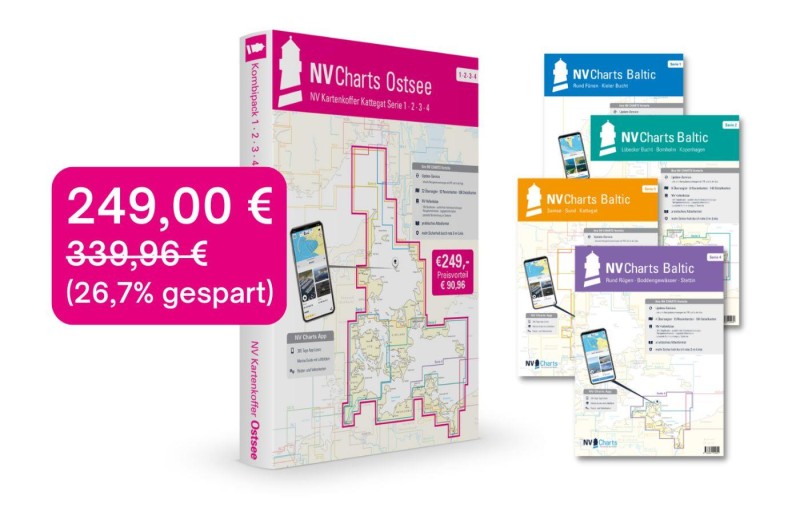
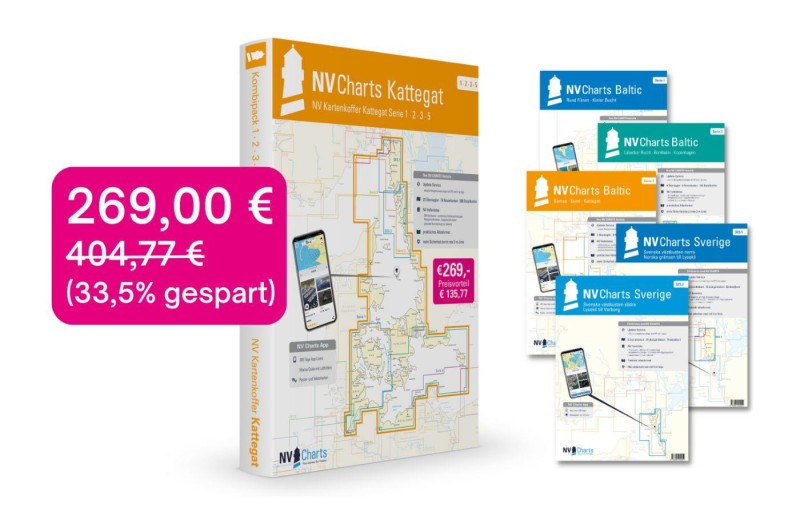
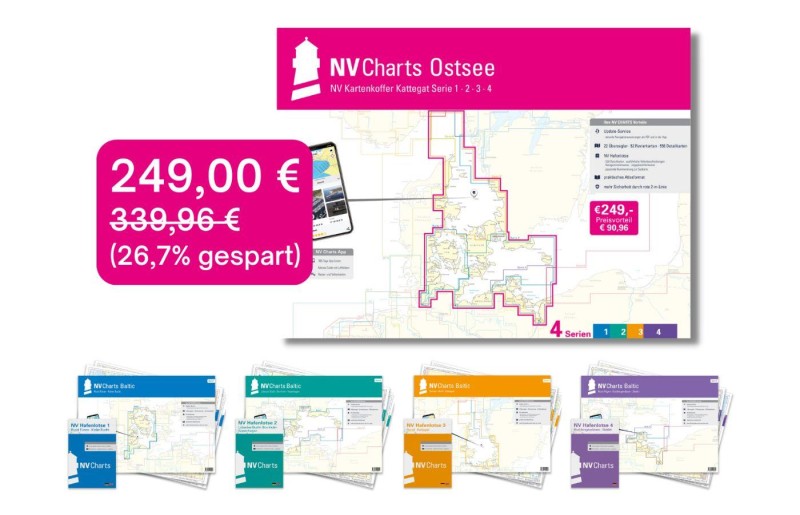
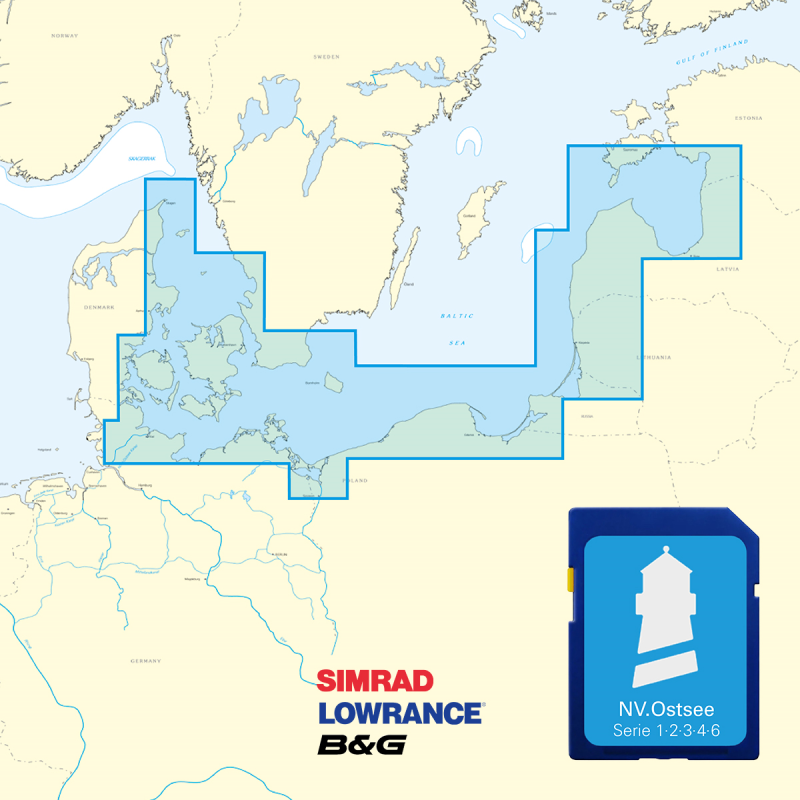
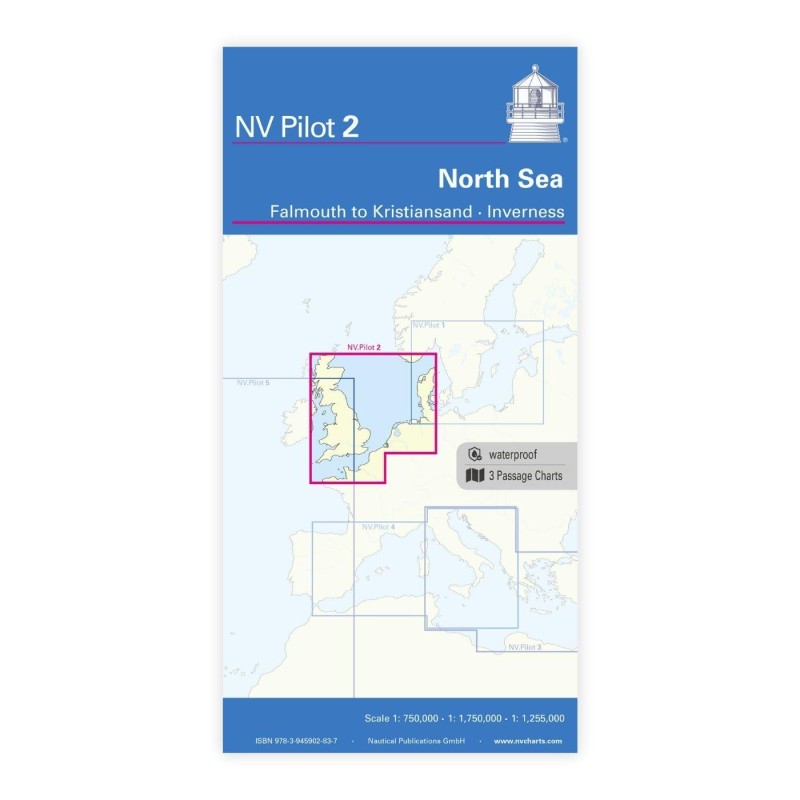
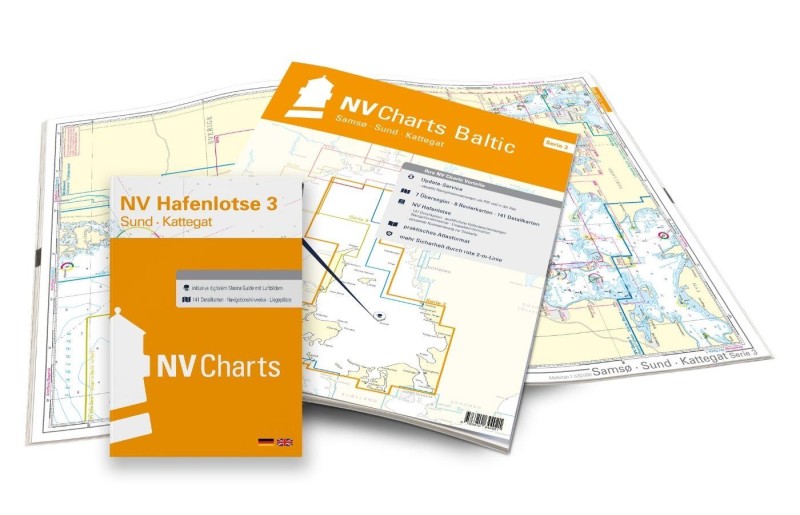
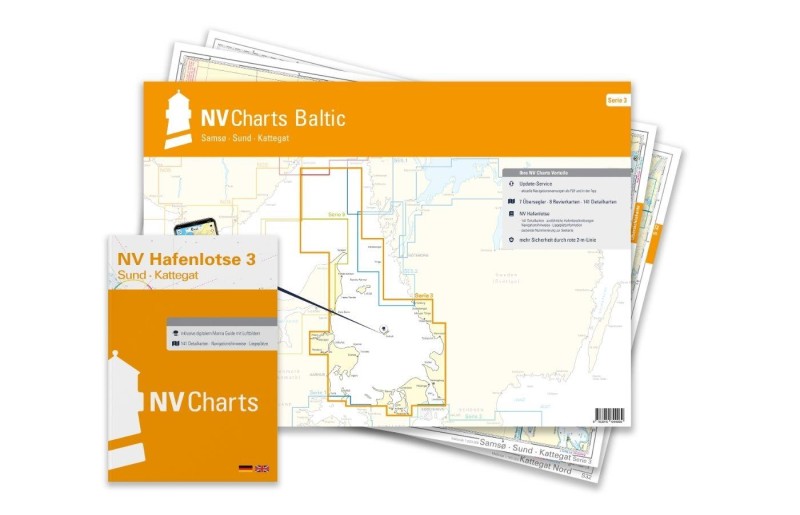
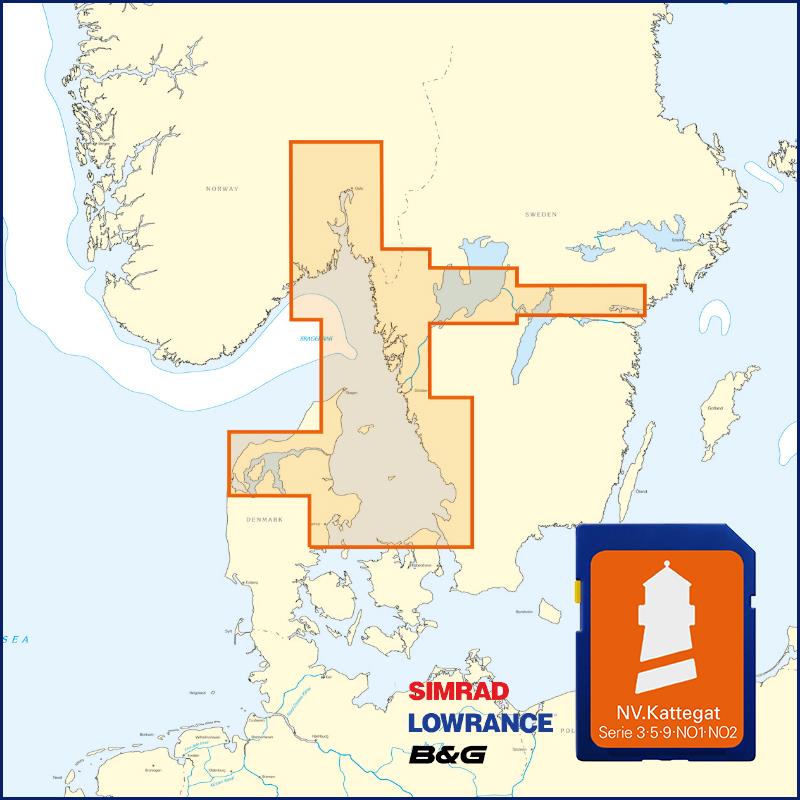
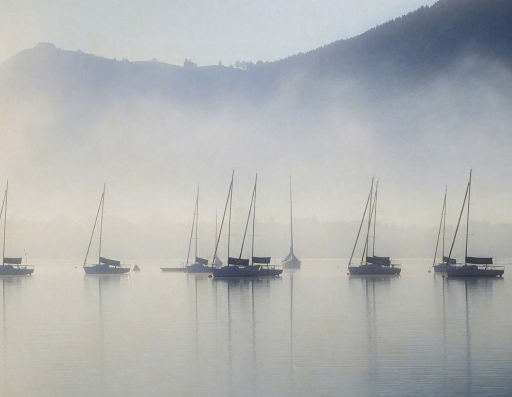
No comments or ratings have been added to this POI.